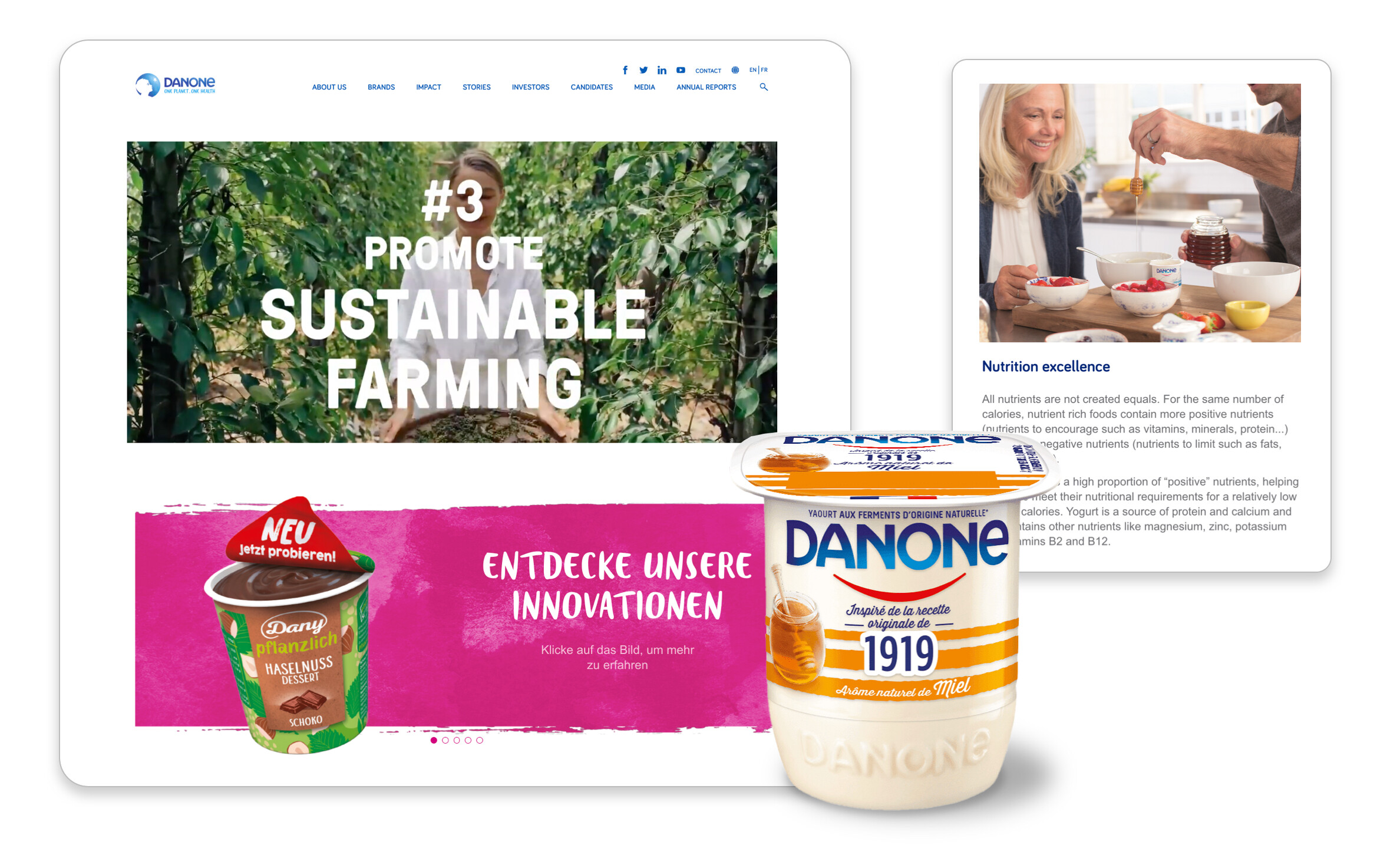Accelerate your commerce without limits at MACH® speed
MACH architecture is a software design approach that uses a set of four technology principles to create technology platforms: Microservices, API-first, Cloud-native and Headless. With its open, modular and scalable approach, MACH technology from commercetools is built for speed and flexibility, enabling enterprise businesses to race to the lead in their category.
Start free trial
The origins of MACH technology: commercetools
We recognized the limitations of enterprise eCommerce platforms that use rigid, monolithic structures and saw major businesses struggling to keep up. That's why we developed our MACH approach, which allows you to tailor your commerce to the exact needs of your business and customers.
What are our MACH principles?
MACH principles are a set of architectural principles that guide the building of digital experiences.
Microservices
Microservices enable the integration of loosely coupled, independently deployable components or “services”, resulting in faster, more reliable and more frequently deployable applications.

API-first
Leverage over 300 commerce APIs to compose unique experiences and incorporate best-of-breed components according to your specific needs.

Cloud-native
Built in the cloud means on-demand computing, scalability and reliability with Google Cloud and AWS. Plus, as you only pay for what you consume in the cloud, you can enjoy a lower TCO.

Headless commerce
A decoupled frontend and backend provides brands with flexibility to develop and plug in new touchpoints without friction while mission-critical operations are managed in the backend.

Multi-tenant
Allows a single software instance to be shared among multiple customers while maintaining singular control of data, upgrades and configurations, providing cost-effective and scalable software services.

SaaS
Applications where the latest updated versions are hosted and provided over the internet, usually via subscription. When built on MACH architecture, they are highly scalable, flexible and agile.

Improve your tech stack in every way Experience the benefits of MACH architecture
When combined, the technologies that provide the foundation of MACH architecture provide remarkable advantages:
- Scalability: Auto-scaling ensures seamless handling of traffic peaks with zero downtime.
- Flexibility: Decoupling of the frontend and backend allows for more agile development and deployment.
- Resilience: Reducing the risk of application downtime and built-in redundancy and failover mechanisms.
- Speed: Allows for faster iteration and testing, and the cloud provides instant provisioning and deployment of resources.
- Lower costs: Reduces the need for costly upfront and ongoing investments in hardware, software and infrastructure.

Future-proof your business How is MACH architecture related to composable commerce?
For a platform to be truly composable, it must comprise 3 core traits: Cloud-native, component-based and tech-agnostic. Together, these give enterprises the flexibility and freedom to build and run outstanding shopping experiences.
When you adopt a composable solution, your business will always remain future-proof — composable commerce allows you to easily swap out or add new services and features as needed to accommodate new trends and technologies.
So, how does MACH fit into all of this? Simply put, MACH architecture is the technical backbone behind a composable approach; the infinite scalability and unlimited flexibility of composable commerce are enabled by the core tenets of MACH.

Key indicators for MACH readiness How to tell if your business needs MACH architecture
By assessing your current systems, processes and goals, you can make an informed decision about whether MACH technology is the right fit for your organization.
- Your current system is holding you back as it is too inflexible and slow to move at the speed necessary to keep up with shifting customer expectations and industry trends.
- You want to improve customer experiences, but you are struggling to provide cohesive and personalized omnichannel experiences.
- You're looking to decrease TCO and increase ROI because you are paying for resources you don't need, and it takes too long to test and iterate, delaying releases.
- You want to stay ahead of the competition by staying agile and responsive to market demands, but you're finding you can't keep up with your competitors.

Make the move to MACH Migrating to MACH architecture made easy
With our MACH architecture, you can avoid the lengthy and risky "Big Bang" approach. Easily replatform using the safer and more efficient phased migration approach known as the strangler pattern.
This strategy allows you to gradually replace legacy system components with new MACH-compatible ones, effectively strangling the old system until it's fully replaced, cutting risk and disruption to your business.

What commercetools customers say about MACH
Unpacking the differences Monolithic vs. Headless vs. Composable vs. MACH® Architecture
Get a better understanding of the key differences between monolithic, headless, composable, and MACH® architecture in this comprehensive guide to digital commerce. Discover how composable commerce takes a step beyond headless by adopting a modular development approach, enabling companies to tailor their technology stack and deliver a unique customer experience.

The MACH Alliance
The MACH Alliance is a not-for-profit industry body that advocates for open and best-of-breed enterprise technology ecosystems. This organization aims to educate and support the industry as a whole on what to look out for when moving from legacy infrastructure and going composable, including when, where and how to start and select partners.






